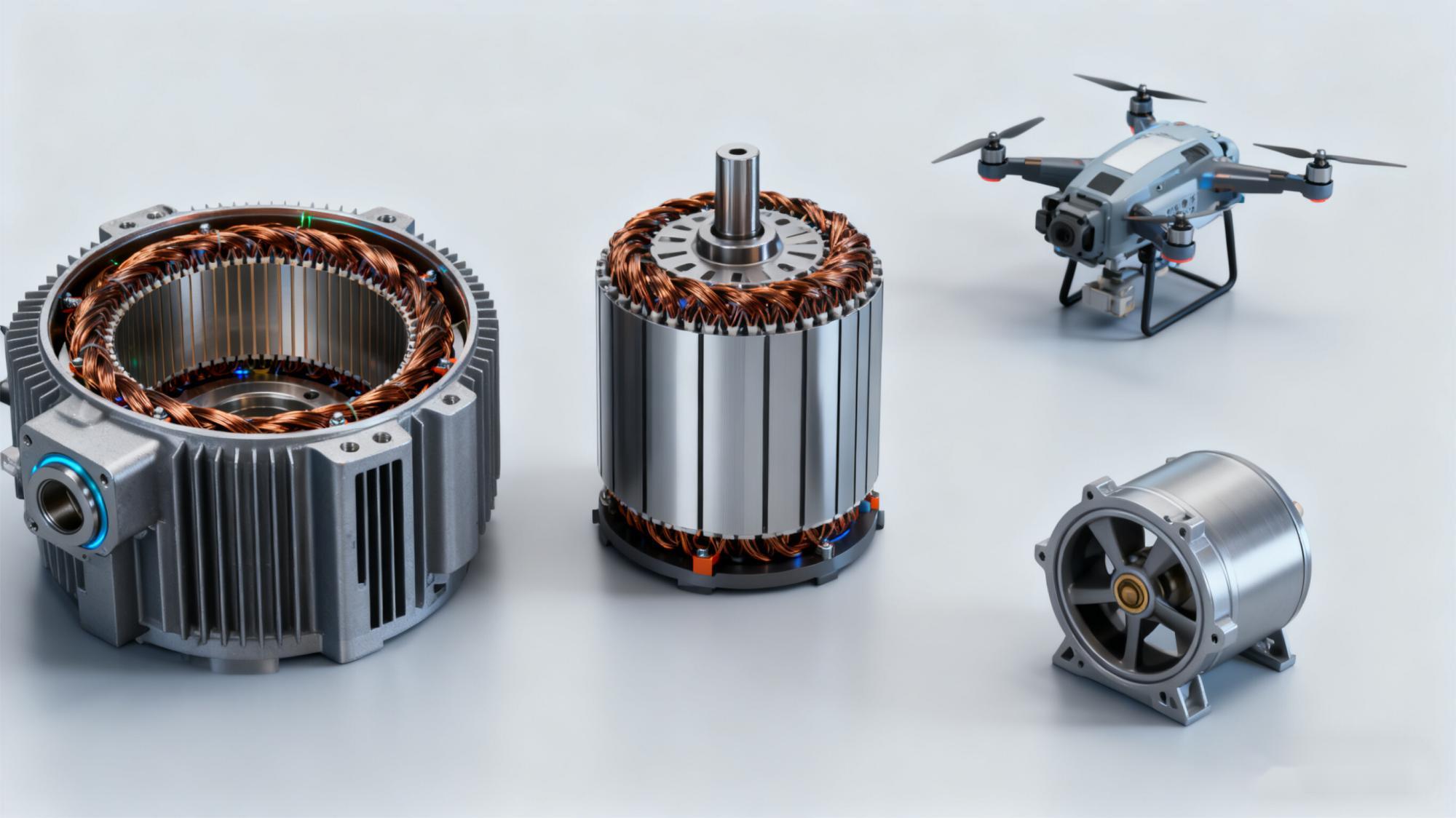
Hoy en día, con estándares de eficiencia energética cada vez más estrictos para motores y transformadores, acero eléctrico no orientado ultrafino Se está convirtiendo en un material clave para mejorar el rendimiento de los equipos electromagnéticos. Entonces, ¿por qué cada vez más ingenieros eligen este material?
Reducir significativamente la pérdida del núcleo
La principal ventaja del acero eléctrico no orientado ultrafino reside en su excepcional capacidad de ahorro energético. A medida que disminuye el espesor (normalmente entre 0,10 mm y 0,25 mm), las pérdidas por corrientes parásitas del material en un campo magnético alterno se reducen significativamente. En aplicaciones de media y alta frecuencia, las pérdidas en el hierro pueden reducirse entre un 30 % y un 50 %, lo cual resulta crucial para mejorar la eficiencia del motor.
Mejorar la eficiencia y la densidad de potencia de motores
El diseño moderno de motores busca una mayor densidad de potencia y eficiencia energética. El acero eléctrico no orientado ultrafino, con su excelente permeabilidad magnética y bajas pérdidas, permite fabricar motores de menor volumen manteniendo la misma potencia, cumpliendo así con los requisitos de diseño compacto.
Optimizar el rendimiento de alta frecuencia
Con el desarrollo de la tecnología de electrónica de potencia, la frecuencia de accionamiento de los motores aumenta constantemente. Tradicionalmente acero al silicio experimenta un fuerte aumento de las pérdidas a altas frecuencias, mientras que el acero eléctrico no orientado ultrafino está específicamente optimizado para aplicaciones de alta frecuencia y puede mantener propiedades magnéticas estables dentro del rango de frecuencia de 400 Hz a 2000 Hz.
Adaptarse a las exigencias de la fabricación inteligente
El acero eléctrico no orientado ultrafino ofrece un excelente rendimiento en el estampado y una calidad superficial superior, lo que lo hace idóneo para la producción automatizada de alta velocidad. La uniformidad de sus propiedades garantiza la estabilidad del rendimiento del motor en la producción en masa, proporcionando una base material fiable para la fabricación inteligente.
Conclusión
Elegir acero eléctrico no orientado ultrafino no se trata solo de seleccionar un material; se trata de optar por estándares de eficiencia energética más elevados, soluciones de diseño más compactas y un rendimiento superior a altas frecuencias. Con la continua mejora de los requisitos de ahorro energético, este material está destinado a convertirse en la opción predominante en la industria de motores.

We will contact you as soon as possible
Hi! Click one of our members below to chat on